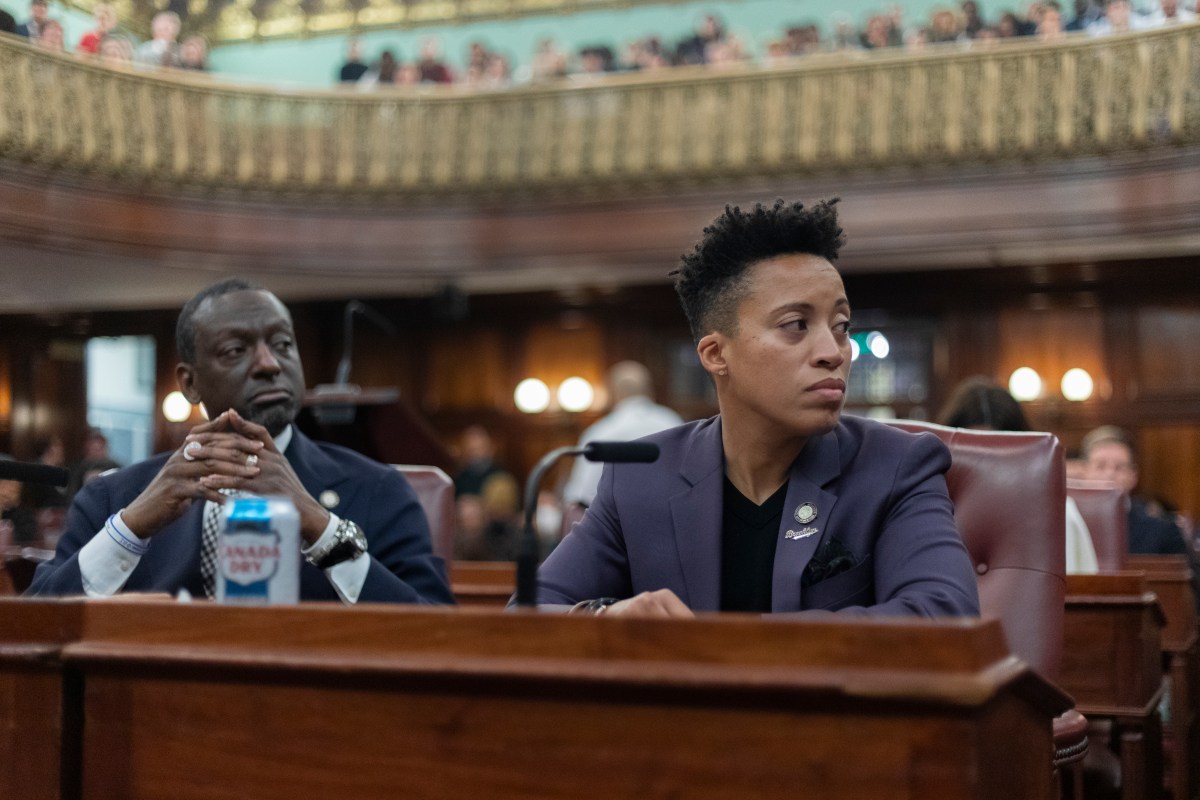As a longtime yellow taxi driver, I was proud to be among the first to drive one of the industry’s wheelchair-accessible taxis, which are designed to serve New Yorkers with disabilities. I wanted to do the right thing and the city’s Taxi and Limousine Commission (TLC) told me that financial incentives through the program would help me earn more money – so it seemed like a win-win.
However, I found that the reality of driving an accessible taxi is not even close to what I was promised by the TLC. Instead of being supported by the city, I am being punished with a terrible vehicle, fewer earnings and other issues that make it harder for me to do my job.
I knew there would probably be some challenges to go along with driving an accessible taxi. As with anything else, there is always an adjustment period for a driver when switching over to a different vehicle. But I quickly learned that the problems with my accessible taxi – the Nissan NV200, also known as the “Taxi of Tomorrow” – were far greater than I could have expected.
First and foremost, the Nissan NV200 is a clunker. Rather than being initially built as wheelchair-accessible, each of our accessible taxis was retrofitted with antiquated wheelchair ramps, smaller tire rims and other problematic parts. Because of these flaws, I am constantly dealing with costly maintenance issues that take money out of my pocket and make it harder for me to stay on the road.
Second, the NV200 is a wasteful gas guzzler. At a time when new hybrid vehicles provide so many fuel-efficient options for other drivers, my accessible taxi only gets around 23 miles per gallon. The TLC’s rules do not even allow me to find a greener option. Again, that means less money to take home at the end of my shift – and it also means more pollution on our streets.
Third, the city program that was meant to support accessible taxi drivers has not done nearly enough to help us make ends meet. When drivers begin using an accessible taxi, the TLC tells us that we will make more money because of subsidies provided through the Taxi Improvement Fund, or TIF, which is a 30-cent-per-ride fee levied on all taxi trips throughout the city. But the fact is that the subsidies provided through the TIF are not nearly enough to make up for the money I am losing due to the higher costs of maintenance and gas for my NV200.
If the TLC wants more people like me to do the right thing and drive an accessible taxi, they need to make major changes to the program as quickly as possible.
One option could be to let us drive accessible vehicles of our own choosing, rather than requiring the Nissan NV200. I would love to use an accessible vehicle that is well-made and fuel-efficient, because it would make it easier to do my job – and I know it would be better for my riders and the city as a whole.
Another option could be to increase the subsidies provided by the TIF, so accessible taxi drivers can actually benefit from a system that was meant to do just that. When city officials go out and tell drivers that the TIF will work for them, it is the responsibility of those city officials to ensure that it actually does. Otherwise, we are just being misled.
I am going to continue driving my accessible taxi as much as I can, because I know it is important for the city and for people with disabilities who need this additional transportation option. But I want the TLC to know that it will be impossible for me to support myself and my family if they do not take action now to support hardworking accessible taxi drivers who just want to do the right thing.
Masud Chowdhury drives a wheelchair accessible taxi. A yellow taxi driver for more than 20 years, Mr. Chowdhury lives with his family in Ozone Park, Queens.










